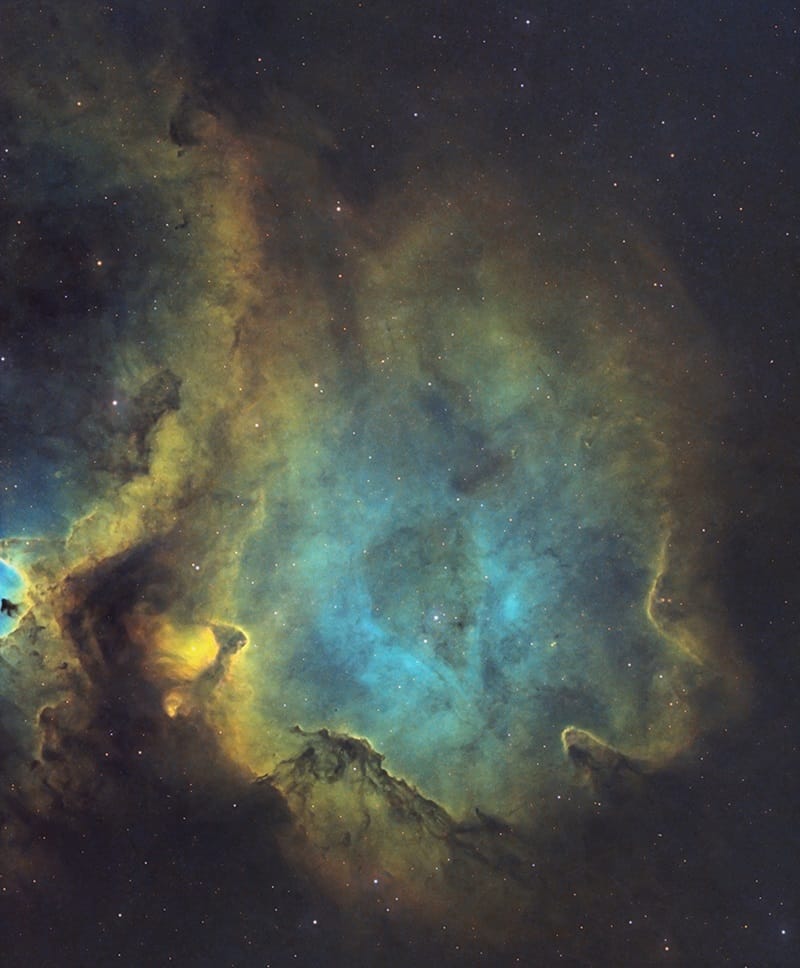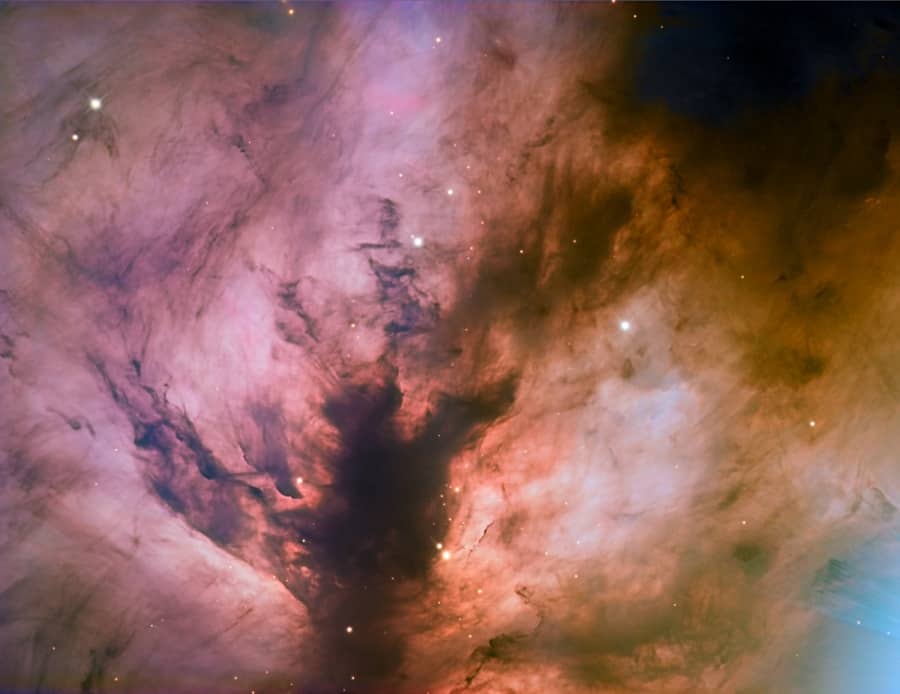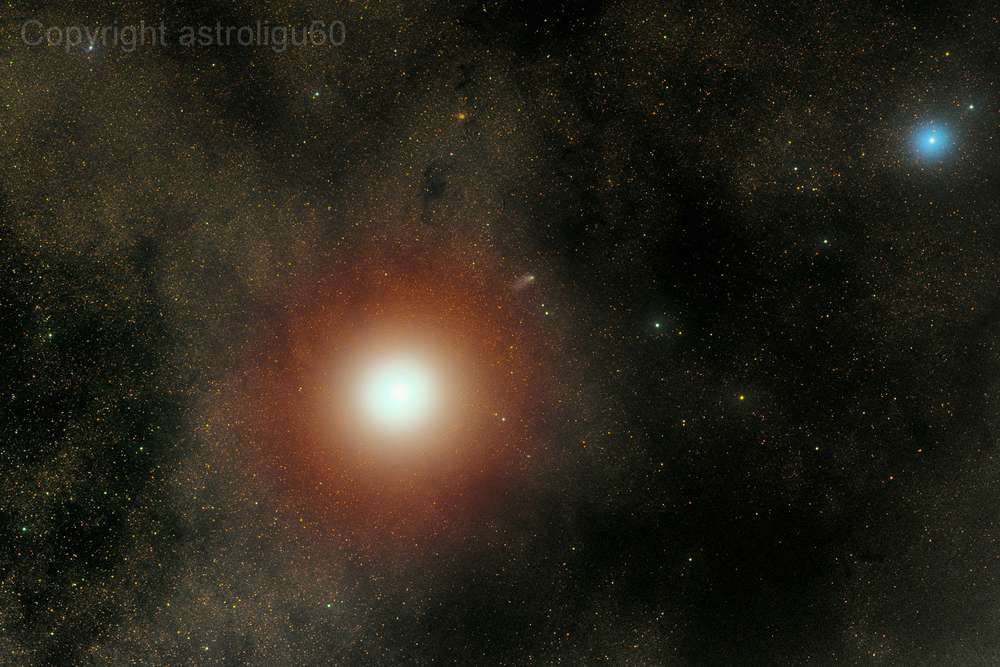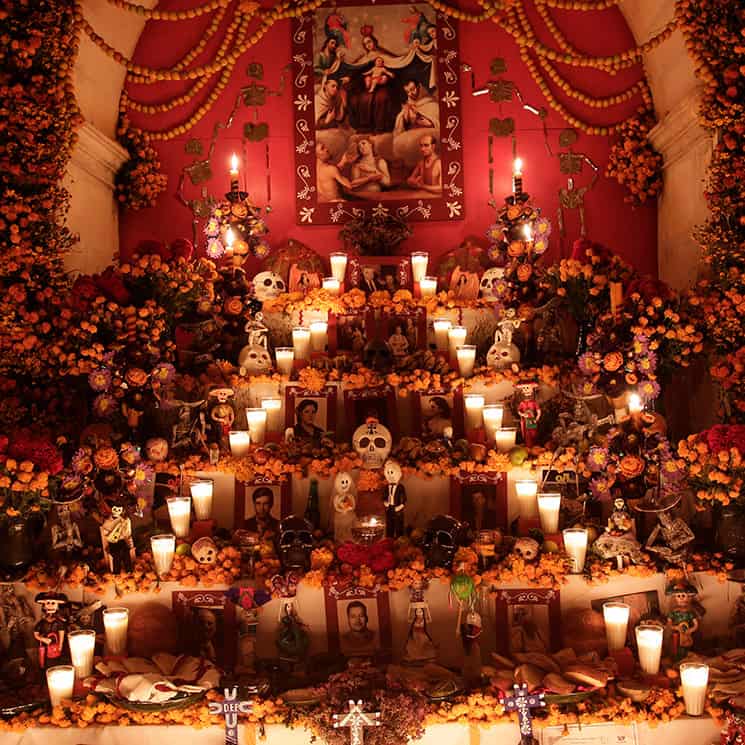Blog
Willie Love Jr. (November 4, 1906 – August 19, 1953) was an American Delta blues pianist. He is best known for his association with and accompaniment of Sonny Boy Williamson II.
Love was born in Duncan, Mississippi. In 1942, he met Sonny Boy Williamson II in Greenville, Mississippi. They played regularly together at juke joints throughout the Mississippi Delta.Love was influenced by the piano playing of Leroy Carr and was adept at both standard blues and boogie-woogie styling.
In 1947 Charley Booker moved to Greenville, where he worked with Love Two years later, Oliver Sain also relocated to Greenville to join his stepfather, Love, as the drummer in a band fronted by Williamson. When Williamson recorded for Trumpet Records in March 1951, Love played the piano on the recordings. Trumpet’s owner, Lillian McMurray, had Love return the following month and again in July 1951, when he recorded his best-known song, “Everybody’s Fishing”, which he wrote. Love played piano and sang, with guitar accompaniment by Elmore James and Joe Willie Wilkins. His backing band was known as the Three Aces. A studio session in December 1951 had Love backed by Little Milton (guitar), T.J. Green (fiddle), and Junior Blackman (drums).[3] In his teenage years, Eddie Shaw played tenor saxophone with both Milton and Love.
more...The Soul nebula in Cassiopeia is a faint hydrogen emission nebula 6500 light years away and about 100 light years across. The Soul Nebula is being carved out by the stellar winds from the stars embedded within it, a process that leaves behind large pillars of material pointing inwards. These pillars are very dense and have stars forming at their tips. Each pillar spans about 10 light years. The Soul Nebula lies in the vicinity of several notable deep sky objects: the galaxies Maffei 1 and Maffei 2, the Fishhead Nebula (IC 1795), and the famous Double Cluster in Perseus.

more...
Herbert Jansch (3 November 1943 – 5 October 2011) was a Scottish folk musician and founding member of the band Pentangle. He was born in Glasgow and came to prominence in London in the 1960s, as an acoustic guitarist, as well as a singer-songwriter. He recorded at least 25 albums and toured extensively from the 1960s to the 21st century.
Jansch was a leading figure in the 1960s British folk revival, touring folk clubs and recording several solo albums, as well as collaborating with other musicians such as John Renbourn and Anne Briggs. In 1968, he co-founded the band Pentangle, touring and recording with them until their break-up in 1972. He then took a few years’ break from music, returning in the late 1970s to work on a series of projects with other musicians. He joined a reformed Pentangle in the early 1980s and remained with them as they evolved through various changes of personnel until 1995. Until his death, Jansch continued to work as a solo artist.
Jansch’s work influenced such artists as Al Stewart, Paul Simon, Johnny Marr, Elton John, Ian Anderson, Bernie Taupin, Bernard Butler, Jimmy Page, Nick Drake, Graham Coxon, Donovan, Neil Young, Hope Sandoval, Fleet Foxes, Devendra Banhart, Neil Halstead, and Roy Harper.
Jansch received two Lifetime Achievement Awards at the BBC Folk Awards: one, in 2001, for his solo achievements and the other, in 2007, as a member of Pentangle.
more...Henry Grimes (born November 3, 1935) is a jazz double bassist, violinist, and poet.
After more than a decade of activity and performance, notably as a leading bassist in free jazz, Grimes completely disappeared from the music scene by 1970. Grimes was often presumed to have died, but he was rediscovered in 2002 and returned to performing.
Henry Grimes was born in Philadelphia. He took up the violin at the age of 12, then began playing tuba, English horn, percussion, and finally the double bass in high school. He furthered his musical studies at Juilliard and established a reputation as a versatile bassist by the mid-1950s. He recorded or performed with saxophonists Gerry Mulligan, Sonny Rollins, pianist Thelonious Monk, singer Anita O’Day, clarinetist Benny Goodman and many others. At a time when bassist Charles Mingus was experimenting with a second bass player in his band, Grimes was the person he selected for the job. One of his earliest appearances on film is captured in the Bert Stern documentary on the Newport Jazz Festival of 1958, Jazz on a Summer’s Day. He was 22 years old, and as word spread among the musicians about his extraordinary playing, he ended up playing with six different groups in the festival that weekend: those of Benny Goodman, Lee Konitz, Thelonious Monk, Gerry Mulligan, Sonny Rollins, and Tony Scott.
more...William Melvin Mitchell (November 3, 1926 – April 18, 2001) was an American jazz tenor saxophonist.
Mitchell was born in Kansas City, Missouri. He and his family moved to Detroit, where he received early music education at Cass Tech. He was known for his close association with trumpeter Thad Jones, who was also from Detroit, and worked in several big bands, including Woody Herman‘s when he replaced Gene Ammons. In 1949 Mitchell recorded with the Milt Buckner band, as well as making several recordings with Thad Jones.
From 1951 to 1954, Mitchell led the house band at the Blue Bird Inn in Detroit. The band operated in different configurations, including with drummer Oliver Jackson and his bassist brother Ali; as a quartet with Terry Pollard, Beans Richardson, and Elvin Jones; as a quintet including Thad Jones; and, for several months in 1953, with Miles Davis as a guest soloist.
From 1956 to 1957 he played with Dizzy Gillespie in his big band. From 1957 until 1961 and from 1966 to 1967 Mitchell played with Count Basie. In the early 1960s he co-led a group with Al Grey, The Al Grey Billy Mitchell Sextet, which won the Down Beat magazine new band award in 1962. Mitchell performed and recorded with the Kenny Clarke/Francy Boland Big Band in Europe in the late 1960s and early 1970s. He was musical director for Stevie Wonder for a short time during this period. He died in Rockville Centre, New York, in 2001.
He is not to be confused with Billy Mitchell the jazz pianist and keyboardist whose career was with Optimism Records in the 1980s.
more...NGC 2024, the nebula’s suggestive reddish color is due to the glow of hydrogen atoms at the edge of the giant Orion molecular cloud complex some 1,500 light-years away. The hydrogen atoms have been ionized, or stripped of their electrons, and glow as the atoms and electrons recombine. But what ionizes the hydrogen atoms? In this close-up view, the central dark lane of absorbing interstellar dust stands out in silhouette against the hydrogen glow and actually hides the true source of the Flame Nebula’s energy from optical telescopes. Behind the dark lane lies a cluster of hot, young stars, seen at infrared wavelengths through the obscuring dust. A young, massive star in that cluster is the likely source of energetic ultraviolet radiation that ionizes the hydrogen gas in the Flame Nebula.

Ernest Dawkins (born 2 November 1953 in Chicago, IL) is an American jazz saxophonist, principally active in free jazz and post-bop.
Ernest Khabeer Dawkins was a neighbor of Anthony Braxton as a child. He played bass and drums early in life before switching to saxophone in 1973. During that decade he began studying with members of the Association for the Advancement of Creative Musicians, such as Joseph Jarman and Chico Freeman, as well as at the Vandercook College of Music. He worked with Ed Wilkerson and the Ethnic Heritage Ensemble and Douglas Ewartbefore founding his own New Horizons Ensemble, which played regularly in Chicago into the 2000s, as well as at jazz festivals and on tour in Europe.
more...Keith Noel Emerson (2 November 1944 – 11 March 2016) was an English keyboardist, songwriter, and film composer. He played keyboards in a number of bands before finding his first commercial success with the Nice in the late 1960s. He became internationally famous for his work with the Nice, which included writing rock arrangements of classical music. After leaving the Nice in 1970, he was a founding member of Emerson, Lake & Palmer (ELP), one of the early progressive rock supergroups. Emerson, Lake & Palmer were commercially successful through much of the 1970s, becoming one of the best-known progressive rock groups of the era. Emerson wrote and arranged much of ELP’s music on albums such as Tarkus(1971) and Brain Salad Surgery (1973), combining his own original compositions with classical or traditional pieces adapted into a rock format.
Following ELP’s break-up at the end of the 1970s, Emerson pursued a solo career, composed several film soundtracks, and formed the bands Emerson, Lake & Powell and 3 to carry on in the style of ELP. In the early 1990s, Emerson rejoined ELP, which reunited for two more albums and several tours before breaking up again in the late 1990s. Emerson also reunited the Nice in 2002 for a tour.
During the 2000s, Emerson resumed his solo career, including touring with his own Keith Emerson Band and collaborating with several orchestras. He reunited with ELP bandmate Greg Lake in 2010 for a duo tour, culminating in a one-off ELP reunion show in London to celebrate the band’s 40th anniversary. Emerson’s last album, The Three Fates Project, was released in 2012. Emerson reportedly suffered from depression, and in his later years developed nerve damage that hampered his playing, making him anxious about upcoming performances. He died by suicide on 11 March 2016 at his home in Santa Monica, California.
Emerson was widely regarded as one of the top keyboard players of the progressive rock era. AllMusic describes Emerson as “perhaps the greatest, most technically accomplished keyboardist in rock history”.
https://www.youtube.com/watch?v=89g1P_J40JA
more...Philip Wells Woods (November 2, 1931 – September 29, 2015) was an American jazz alto saxophonist, clarinetist, bandleader, and composer. Woods was born in Springfield, Massachusetts. He studied music with Lennie Tristano, who influenced him greatly, at the Manhattan School of Musicand at the Juilliard School. His friend, Joe Lopes, coached him on clarinet as there was no saxophone major at Juilliard at the time. Although he did not copy Charlie “Bird” Parker, he was known as the New Bird, a nickname also given to other alto saxophone players such as Sonny Stitt and Cannonball Adderley.
In the 1950s, Woods began to lead his own bands. Quincy Jones invited him to accompany Dizzy Gillespie on a world tour sponsored by the U.S. State Department. A few years later he toured Europe with Jones, and in 1962 he toured Russia with Benny Goodman.
After moving to France in 1968, Woods led the European Rhythm Machine, a group which tended toward avant-garde jazz. He returned to the United States in 1972 and, after an unsuccessful attempt to establish an electronic group, he formed a quintet which was still performing, with some changes of personnel, in 2004. As his theme, Woods used a piece titled “How’s Your Mama?”
more...Czech Violinist and winner of three Anděl Awards, Jitka Šuranská passed away on Monday, October 28, 2019 after a severe cancer illness.
Jitka Šuranská had been actively involved in music since her childhood. She played traditional folk music for ten years with the Dulcimer ensemble of Stanislav Gabriel. Jitka also devoted herself to classical music. She was a member of the Bohuslav Martinů Philharmonic in Zlín.
The meeting with musician and journalist Jiří Plock was essential for her. Together they recorded “Písňobraní” (i.e. Song-gathering) for which they won the Anděl Award in 2005. In 2012, Jitka Šuranská moved on. She bought a Loop Station and started playing and singing solo. This was followed by cooperation with the Slovak trio Pacora, producer Stan Palúch, and in 2013 the first solo album “Nězachoď slunečko”. She received the second Anděl Award in the World Music category for her album.
more...
https://www.youtube.com/watch?v=Gg0XxJHfwo0
more...C/2013 A1 (Siding Spring) is an Oort cloud comet discovered on 3 January 2013 by Robert H. McNaught at Siding Spring Observatory using the 0.5-meter (20 in) Uppsala Southern Schmidt Telescope.
At the time of discovery it was 7.2 AU from the Sun and located in the constellation Lepus. Comet C/2013 A1 probably took millions of years to come from the Oort cloud. After leaving the planetary region of the Solar System, the post-perihelion orbital period (epoch 2050) is estimated to be roughly 1 million years.
C/2013 A1 passed the planet Mars very closely on 19 October 2014, at a distance of 140,496.6 ± 4.0 km (87,300.5 ± 2.5 mi; 0.000939162 ± 2.7×10−8 au) . After its discovery, there was thought to be a chance of a collision with Mars, but this possibility was excluded when its orbit was determined more accurately.

Lyle Pearce Lovett (born November 1, 1957) is an American singer, songwriter, actor and record producer. Active since 1980, he has recorded 13 albums and released 25 singles to date, including his highest entry, the number 10 chart hit on the U.S. Billboard Hot Country Songs chart, “Cowboy Man”. Lovett has won four Grammy Awards, including Best Male Country Vocal Performance and Best Country Album. It’s Not Big It’s Large was released in 2007, where it debuted and peaked at number 2 on the Top Country Albums chart. A new studio album, Natural Forces, was released on October 20, 2009 by Lost Highway Records. The last studio album on his Curb Records contract, Release Me, was released in February 2012.
Lovett was born in Houston, Texas, when his family lived in the nearby community of Klein. He is the son of William Pearce and Bernell Louise (née Klein) Lovett, a marketing executive and training specialist, respectively. He was raised in the Lutheran Church–Missouri Synod. Lovett attended Texas A&M University, where he received Bachelor of Arts degrees in both German and Journalism in 1980. In the early 1980s, Lovett often played solo acoustic sets at the small bars just off the A&M campus.
more...Lou Donaldson (born November 1, 1926) is a jazz alto saxophonist. He is best known for his soulful, bluesy approach to playing the alto saxophone, although in his formative years he was, as many were of the bebop era, heavily influenced by Charlie Parker.
Donaldson was born in Badin, North Carolina. He attended North Carolina Agricultural and Technical State University in Greensboro[3] in the early 1940s. He enlisted in the U.S. Navy during World War II and was trained at the Great Lakes bases in Chicago where he was introduced to bop music in the lively club scene.
At the war’s conclusion, he returned to Greensboro, where he worked club dates with the Rhythm Vets, a combo composed of A and T students who had served in the U.S. Navy. The band recorded the soundtrack to a musical comedy featurette, Pitch a Boogie Woogie, in Greenville, North Carolina, in the summer of 1947. The movie had a limited run at black audience theatres in 1948 but its production company, Lord-Warner Pictures, folded and never made another film. Pitch a Boogie Woogie was restored by the American Film Institute in 1985 and re-premiered on the campus of East Carolina University in Greenville the following year. Donaldson and the surviving members of the Vets performed a reunion concert after the film’s showing. In the documentary made on Pitch by UNC-TV, Boogie in Black and White, Donaldson and his musical cohorts recall the film’s making—he originally believed that he had played clarinet on the soundtrack. A short piece of concert footage from a gig in Fayetteville, North Carolina, is included in the documentary.
Donaldson’s first jazz recordings were with the Charlie Singleton Orchestra in 1950 and then with bop emissaries Milt Jackson and Thelonious Monkin 1952, and he participated in several small groups with other jazz luminaries such as trumpeter Blue Mitchell, pianist Horace Silver, and drummer Art Blakey.
https://www.youtube.com/watch?v=xCUwOF2jO-M
more...More Posts
- Paul Butterfield Day
- James Booker Day
- Sonny Red Day
- World Music with Anda Union
- Daily Roots with Forest Man
- The Cosmos with NGC 3372
- Robin Ford Day
- John Abercrombie Day
- Johnny Hammond Smith Day
- World Music with the Pink Martini Orchestra
- Daily Roots with the Meditations
- The Cosmos with M78
- Eddie Palmieri Day
- Dannie Richmond Day
- Cutis Fuller Day
- World Music with Magzoub Unssa
- Daily Roots with Chokey Taylor
- Bob Bielefeld Memorial
- The Cosmos with NGC 1559
- Cecil Payne Day

